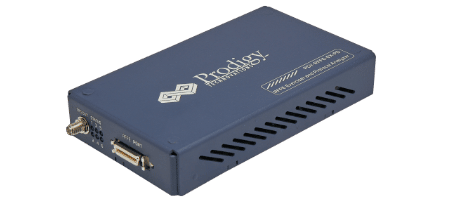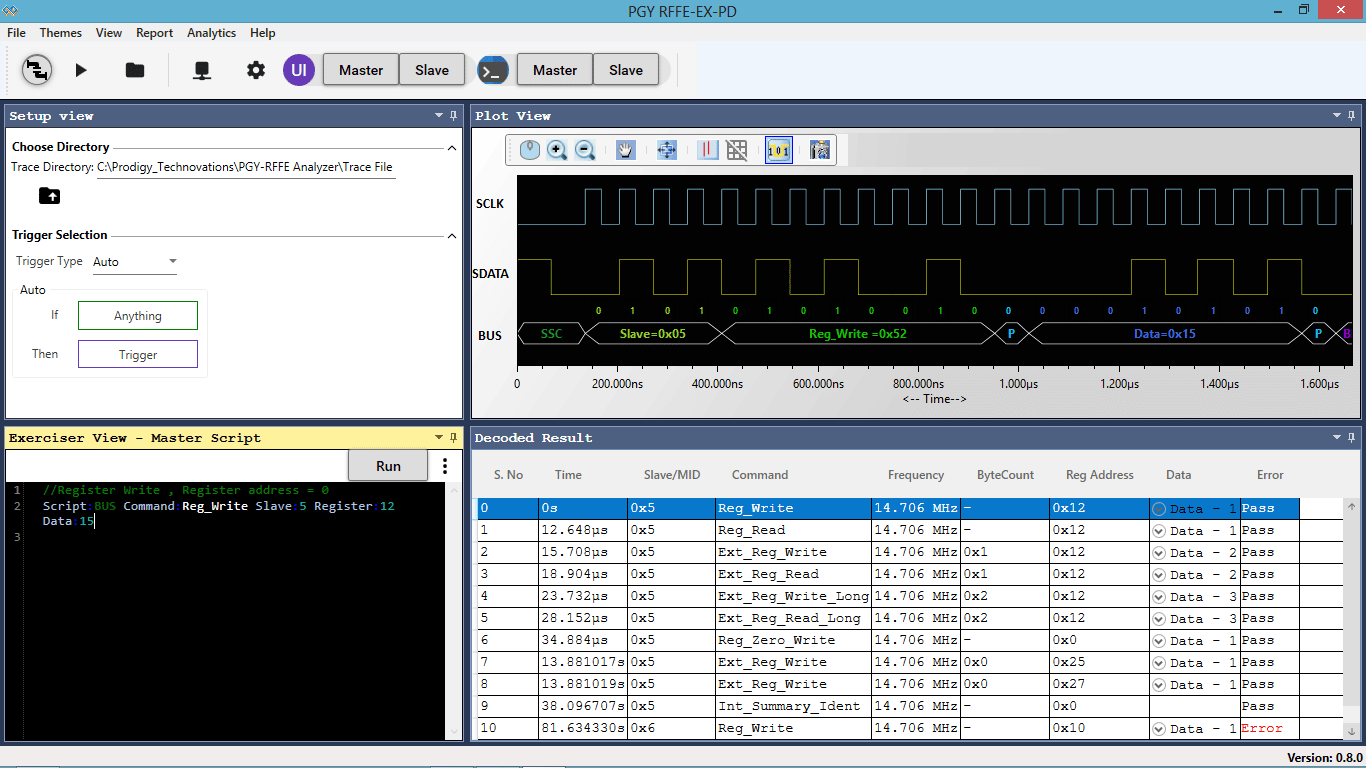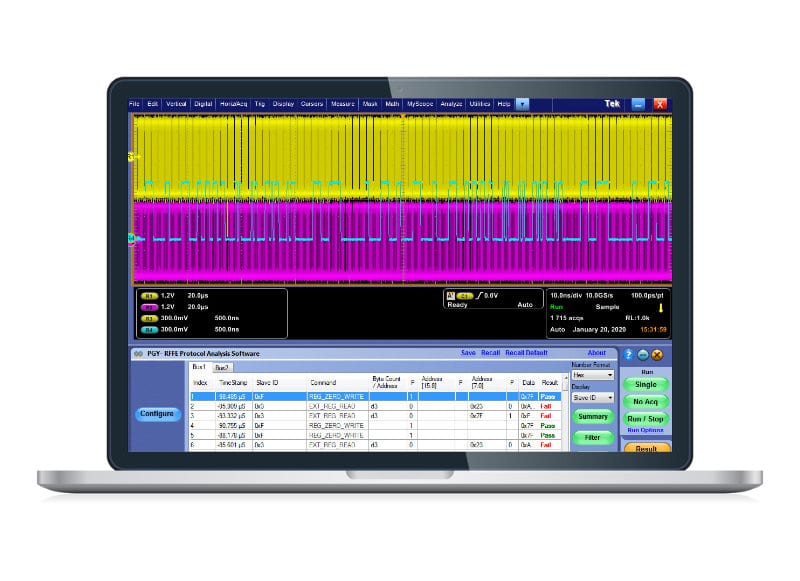
RF Front End Control Interface im Automobilbereich
What is RF (RF Front End Control Interface)?
RFFE, published by MIPI in July 2010, is a two-wire interface for controlling radio frequency front-end subsystems that uses uncompleted single-ended CMOS I / O for lower performance. The interface can contain up to 19 components (amplifiers, LNAs, antenna tuners, filters and switches) per bus instance including their power supply.
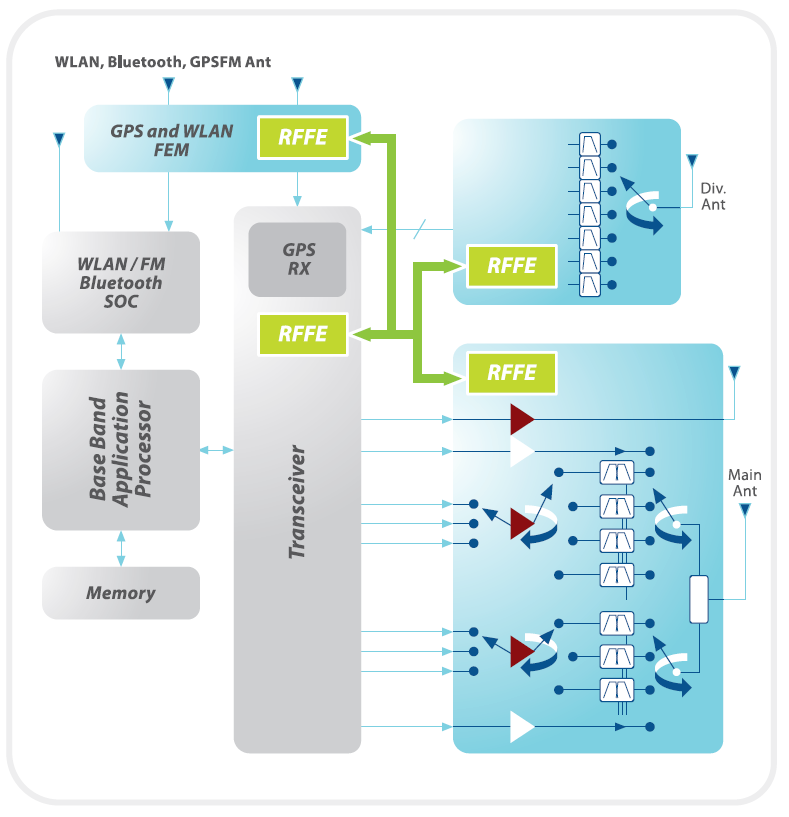
Why is RFFE used in the automotive sector?
The interface can be applied to the full range of RF front-end components to simplify product design, configuration and integration, and to facilitate interoperability of components supplied by different vendors. The interface can be used with a wide range of bus operating frequencies and offers synchronous read capability, multi-master configuration, support for carrier aggregation and the use of multiple transceivers, dual SIM designs, and reserved registers that improve hardware and software development efficiency. These conveniences make it easy for RF equipment vendors, baseband and transceiver vendors, and mobile OEMs to meet end-user demands for faster data speeds and better call quality, to develop scalable solutions, and to accelerate time-to-market for new designs in the mobile and automotive sectors.
What does the future of RFFE in the automotive sector look like?
In recent years, numerous new technologies have been introduced that promise a technological revolution. This also includes the new 5G radio standard, which specifies significantly higher data rates, transmission capacities and very low latencies. 5G should work in many more frequency bands than its predecessors. The RF subsystem is correspondingly complex. The new RFFE Version 3.0 published by MIPI offers optimized trigger functions and a simplified front-end control, which should improve the performance of the 5G radio interface and make it easier to implement 5G in your own projects. To ensure that the components and function blocks within the high-frequency front-end module (HF-FEM) work together better, the MIPI Alliance has extensively revised the "Radio Frequency Front End Control Interface" specification - MIPI RFFE for short. In future, the entire control of the HF-FEM is to be carried out via a single bus. This should enable a more flexible structure of the front end. The radio interface is a core component of every mobile radio technology.
Key Features of RFFE 3.0
- High performance (up to 52 MHz bus speed)
- Low power
- Low EMI
- Point to multi-point
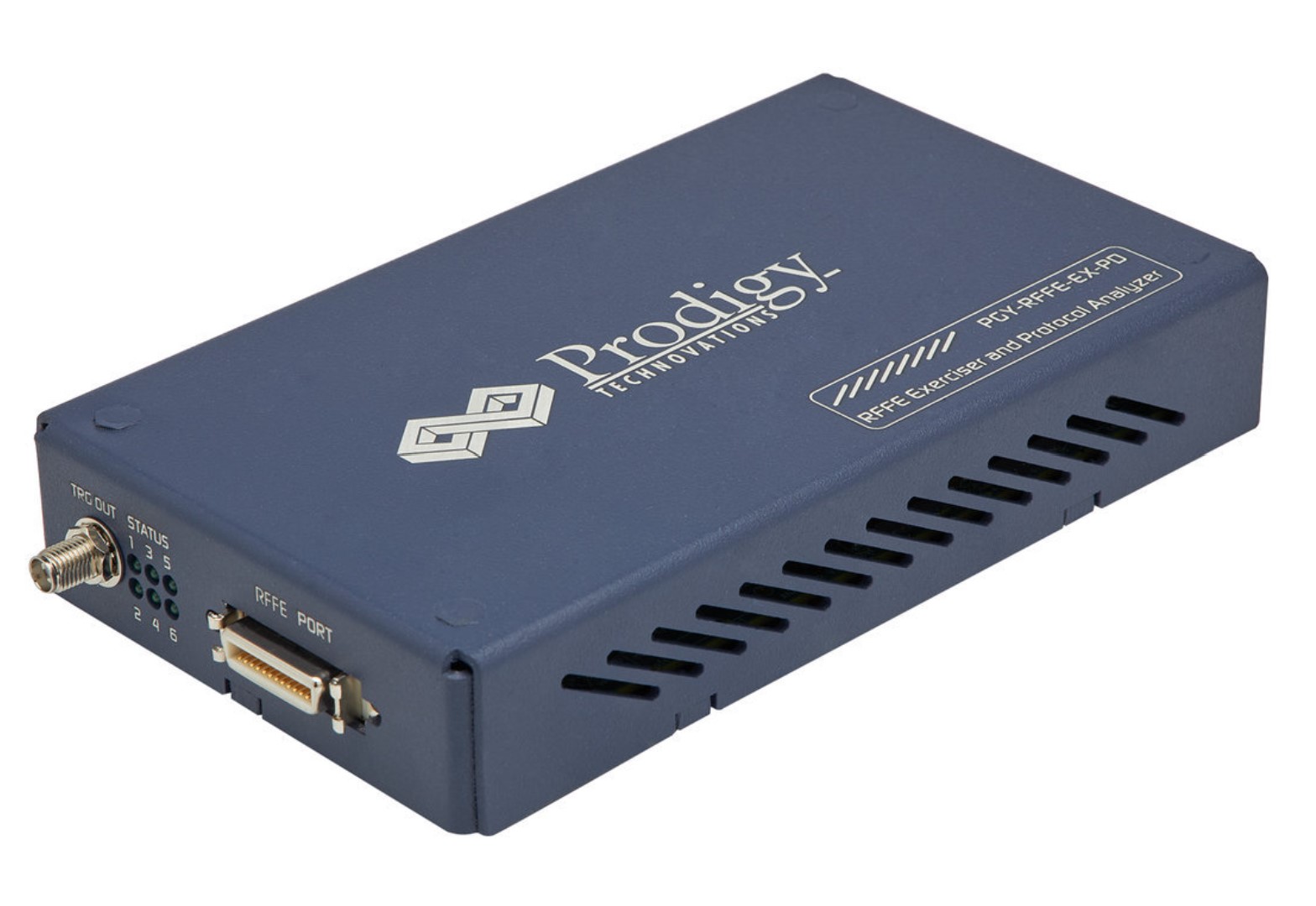
Tools for testing RFFE designs
The Prodigy RFFE Protocol Analyzer and Host Adapter is the premier tool that designers and test engineers can use to test RFFE designs to their specifications. It enables development and test engineers to test the RFFE interface for its specifications by configuring the PGY-RFFE-EX-PD as master / slave, generating RFFE traffic with error injections, amplitude variations and decoding the RFFE protocol packets.









